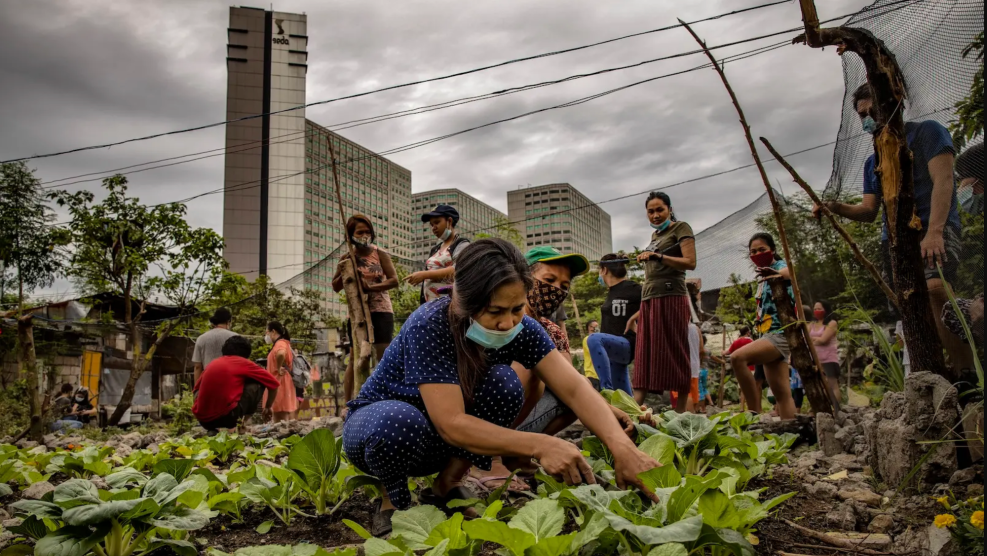The nearly impassible 5,000-foot mountains that ring the Candamo Valley have kept it as isolated as any place in the Amazon basin. This bowl of Peruvian rainforest claims an independent water system and unrivaled biodiversity — including more than 20,000 invertebrate species never observed anywhere else. One might expect Candamo to be the centerpiece of a national park. But not only is the valley unprotected, it is part of a natural gas exploration lot controlled by Mobil oil. As late February approaches, Mobil stands with a remarkable choice: to take a landmark stance in corporate citizenship by relinquishing its claim to the valley, or to jeopardize one of the last untouched places on earth in the pursuit of shareholder profit.
Mobil began searching for hydrocarbons in Candamo in May 1996, within days of congratulating itself for its “profound respect for earth’s ecosystems” in a New York Times ad. The company and its partners, Elf and Exxon, have since laid miles of seismic lines and built a two-mile-deep exploratory well in the heart of the valley. Conservation International, the group Mobil funded to monitor its exploration work, characterizes the environmental impact to date as minimal: “Candamo is about as pristine a place as you can find in the Amazon,” says CI biologist Carol Mitchell. “The animals there do not fear humans because there haven’t been people there in a long time.”
That could change irrevocably after February 25, the deadline the Peruvian government has given the consortium to either proceed with full-scale drilling or abandon its claim to the valley. Mobil has been silent on the consortium’s findings, and won’t discuss its plans for Candamo. The Peruvian government, however, announced in September that Candamo may lie atop the nation’s second-largest natural gas repository.
CI and other conservation groups warn that a full-blown drilling operation in Candamo could have a catastrophic impact on the valley. “In this part of the jungle, there are landslides that can be two miles wide,” says Peruvian biologist Mirko Fernandez. “If there is one near a drilling tower, everything connected to it will go straight into the river basin. A hydrocarbon spill would affect the area for 400 years.”
Even if extraction were to proceed under ideal circumstances, biologists fear an inevitable disruption of wildlife and the disastrous side effect of opening the area to homesteaders. “Hydrocarbon production in Candamo would be a terrifying roll of the dice,” says Charles Munn, a senior zoologist for the Wildlife Conservation Society who has done extensive research in the area. “We need unspoiled ecosystems to use as controlsÉto compare [our impact] on the rest of the biosphere. With all the other human-impacted places on earth, is it really necessary to [drill] in Candamo?”
The majority of Peruvians think not: A recent poll showed that 63 percent think Candamo should be protected. And although the Peruvian government has aggressively promoted hydrocarbon extraction, the current political climate seems to favor preservation. “If Mobil releases the valley,” says Peruvian congressman and environment commission chair Luis Campos, “I don’t think there would be any great obstacles [to making it part of the park system].”
Some observers believe a decision to relinquish Candamo could actually benefit, not hurt, Mobil’s bottom line — especially since a decision to drill is certain to spark criticism from conservation groups and environmental activists. “If they are smart they’ll see the value in not only avoiding criticism, but taking a step that could generate good publicity,” says Simon Billenness, senior analyst for Trillium Asset Management, a socially responsible investment firm. “If they pull out, it would be the perfect poster child for one of their ads in the New York Times.”
















